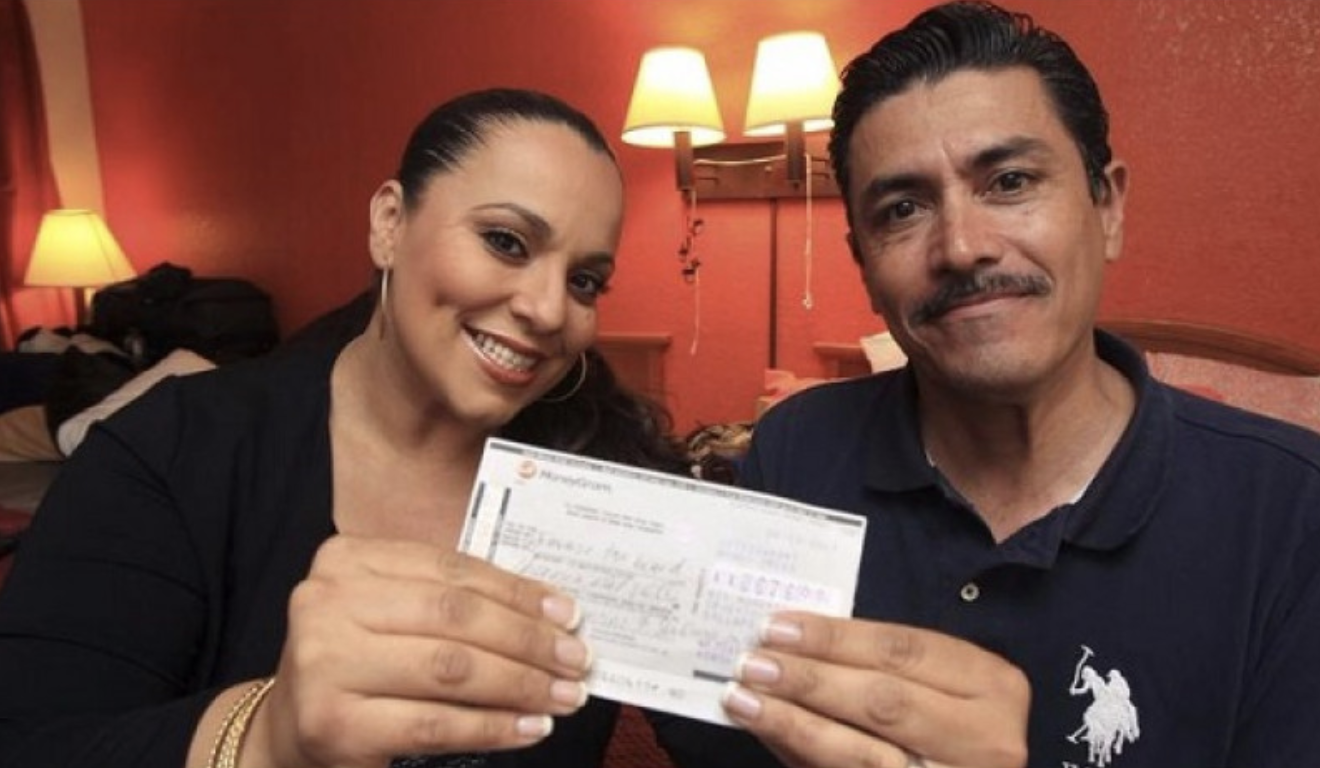GoFundMe
Customer Happiness Specialist, Multimedia Production
2015 - 2018, SAN DIEGO, CALIFORNIA
GoFundMe is an online crowdfunding platform named, “the safest place to give”. Supporting over 5 million users in raising funds for time sensitive causes, natural disasters, tragedies and heart warming causes.
My Role: A Customer Support Specialist working directly with the needs of some of the most delicate and sensitive topics an individual or family can experience. Most of our campaigns were created out of an emergency, crisis, or extreme need. Our team hired with a hyper-focus on empathy and compassion as a baseline. The company offered continued training and curated company experiences to encourage that consistent baseline. At the time, we were replying to users in under 5 minutes - with almost all of whom were victims of some sort of disaster or tragedy.
Customer experience is the basis for how design decisions are made at GoFundMe. My daily responsibilities inspired me to take a creative approach and begin to gather data on how we could make the Help Center more…helpful.
Impact Highlights:
Multimedia content creation for the Help Center:
The issue: Tagged “tickets” in the agent response queue were frequently categorized with simple and important questions as, “how do I withdraw my funds”. Hundreds of tickets a day were being answered by hourly paid agents. While our team was equipped with text expanders and pre-typed responses, it was not a sustainable solution. Users who were experiencing extreme stress and grief were not willing to read two - six paragraphs explaining how to withdraw their funds. Sometimes the ticket thread would have to have several responses before the individual was able to go through it. As an agent I was often sending a screen captured video recording to share the exact steps with the user.
Research: Working with the analytics, customer happiness management and the product team, I was able to categorize the simple but most important questions that were coming inconsistently. After reviewing the response threads it was clear - people don’t read thoroughly, especially under extreme circumstances.
The Solution: Build trust with the user by empowering them to resolve their own questions. I led the design and production of short video series as a test run. With data gathered, I compiled the 10 most frequently asked questions. Those questions and answers were turned into 40- 60 second video clips that were then embedded in the Help Center on the GoFundMe site, as well as on our public YouTube Channel. This was also the first iteration of building out our YouTube content channel!
The Result: Over the next quarter, the Happiness department began to receive significantly fewer tickets for the most frequently asked questions. When they did come through, the behavioral reply was one of relief when they were given video content as a solution. It began to make for a healthier daily experience for both the team and the users.
Healthy schedule rotation for the Happiness Department:
The issue: The current rotating schedule for agents came every 4 weeks. Sometimes, those schedules were not a subtle shift. For example: 5AM-2PM moving over to an 11 PM - 6 AM shift. After my first two years at the company, I began to realize that there was a pattern between agents and outside work balance. It was hard to take on any activities of consistency outside of work due to the changing schedule. Young families were growing throughout the company and I noticed a lot of fatigue and burnout among agents. What could we do to create more normalcy in the scheduling for this department?
The Research:
Created a survey for the department to gain insight on what schedule worked best for most people and were they interested in having a schedule for longer to gain a sense of normalcy in their lives.
Interviewed individuals for qualitative responses.
Presented research from the Center for Disease Control, John Hopkins University Sleep Center, and medical research articles from the US National Library of Medicine. The studies supported the importance of having a healthy circadian rhythm. If a new cycle is introduced it could take up to 20 days for men to sync into a healthy state and 30 for women. Long term side effects of not having this time to acclimate could display symptoms of depression, fatigue, foggy brain or weight gain.
The Solution:
The data shared that the department was ready for a change that allowed a longer cycle fo and reviewing the in-person interviews, the company decided to change the department schedule from every 4 weeks to every 3 months. After one quarter there was another survey taken with mixed reviews. People with later or earlier schedules were not as happy but did find that they were experiencing better sleep and habits.




